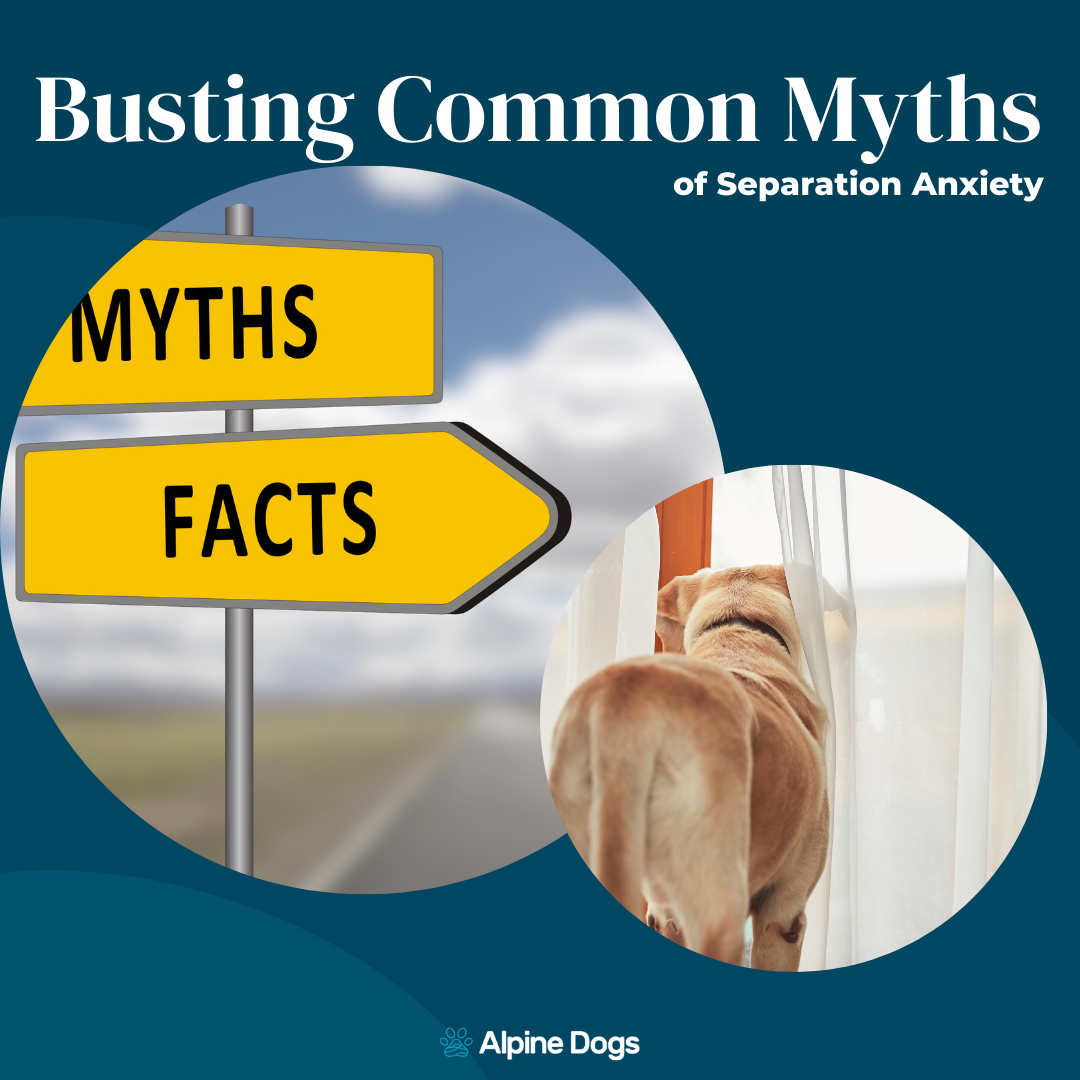Recognizing Stress in Dogs with Separation Anxiety: What Every Dog Owner Needs to Know
Stress is a huge factor in how dogs experience the world, especially for those struggling with separation anxiety. When our dogs are stressed, their bodies and behaviours change dramatically, often in ways we don’t immediately recognize. But understanding how to spot signs of stress is essential if we’re going to help our dogs feel better and build their confidence. Let’s explore how stress manifests in dogs with separation anxiety and how we can use this knowledge to support their well-being and recovery.
Common Signs of Stress in Dogs with Separation Anxiety
While some signs of stress are more obvious, like excessive barking or destructive behaviour, others can be subtle and easy to miss. Here are some common stress signals to look out for in dogs dealing with separation anxiety:
- Panting and Drooling
Panting can be a normal response to heat or exercise, but if your dog is panting heavily without a clear reason, it could be a sign of stress. Similarly, excessive drooling, especially if it starts only when you prepare to leave, is a sign your dog might be experiencing anxiety. - Pacing or Restlessness
Dogs who can’t seem to settle down, pace back and forth, or exhibit restless behaviours may be trying to cope with stress. If you notice this behaviour before, during, or after leaving the house, it’s important to consider separation anxiety. - Trembling or Shaking
Shaking isn’t just a sign of cold—it can also be a stress response. Dogs may tremble when anxious, especially when they anticipate being left alone. - Loss of Appetite
If your dog suddenly loses interest in food, even treats they usually love, stress could be the cause. Anxiety often suppresses appetite, so this can be a telltale sign. - Hypervigilance
Dogs with separation anxiety may appear more alert than usual, reacting to the smallest sounds or movements. If your dog seems constantly on edge, this could indicate that they’re struggling to cope. - Yawning or Lip Licking
Dogs use calming signals like yawning or licking their lips when they feel uneasy. If these behaviours happen frequently when you’re preparing to leave, your dog may be trying to soothe themselves.
Why Recognizing Stress Matters
Dogs with separation anxiety aren’t just feeling a little uneasy when left alone—they’re experiencing genuine panic. This extreme stress doesn’t just affect their behaviour; it impacts their entire body. Stress hormones, like cortisol, are released, putting dogs in a state of heightened arousal. This can lead to symptoms that go beyond just barking or destruction, affecting their overall health and quality of life.
Recognizing the subtle signs of stress is the first step in understanding how deeply separation anxiety is affecting your dog. When we can identify when our dogs are stressed, we can take action to reduce that stress, help them feel safe, and make training more effective.
If you are worried that your dog is struggling with separation anxiety, book a discovery call today to discuss a personalized plan that helps your dog feel calm and confident.
Together, we can help your dog overcome their anxiety and enjoy a happier life.
About the Author
Saundra Clow is a multi-certified separation anxiety trainer who serves clients internationally online. She has years of experience working with dogs of all types and breeds and is passionate about helping dogs feel comfortable at home alone.
